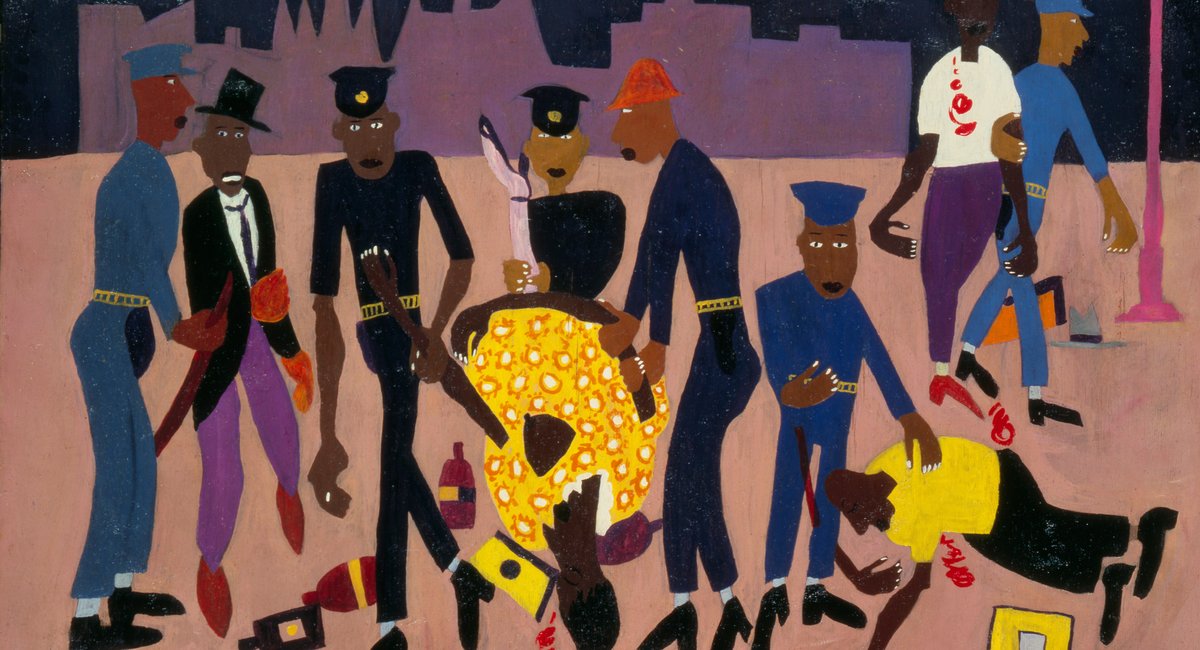The Metropolitan Museum of Art’s massive new jazz age exhibition opening on Sunday is a comprehensive survey of New York’s homegrown movement of Black music, literature and visual art.
“The Harlem Renaissance and Transatlantic Modernism” will showcase paintings, drawings, sculpture, photography and more, and highlights the contemporaneous connections between Harlem and Europe. It includes paintings of the African diaspora by Matisse, Munch, and Picasso, and underscores the ways that travel to London, Paris, and Scandinavia opened considerable opportunities for Black Americans in the arts after World War I
William H. Johnson, a stunning yet largely forgotten New York City painter featured in the exhibition, embodies its trans-Atlantic focus. He moved back and forth between New York and Europe, and won awards in the 1920s but ultimately fell on hard times after failing to achieve major commercial success. Johnson later died in a Long Island mental institution in 1970, and the fate of his large body of work was left unclear, according to Virginia Mecklenburg, a senior curator at the Smithsonian American Art Museum, or SAAM, which loaned a number of works to the Met’s exhibit.
Photo of William Henry Johnson’s “Jitterbugs.”
Courtesy Metropolitan Museum of Art
The story of Johnson’s life and how his art ended up at SAAM is a fascinating look into 20th century Black art and how it was sustained. The evolution of his style also illustrates how Black modernism developed over the same period.
Johnson was born in South Carolina and moved to New York City as a teenager in 1918, where he enrolled in the prestigious National Academy of Design. His early works represent the school’s textbook style of figure drawing and portraiture.
But he soon broke the mold and moved to France in the mid-1920s, where he married a Danish artist. His style underwent a dramatic evolution that ventured into French Impressionism and German-style Expressionism before it became something uniquely…
Read the full article here

Leave a Reply